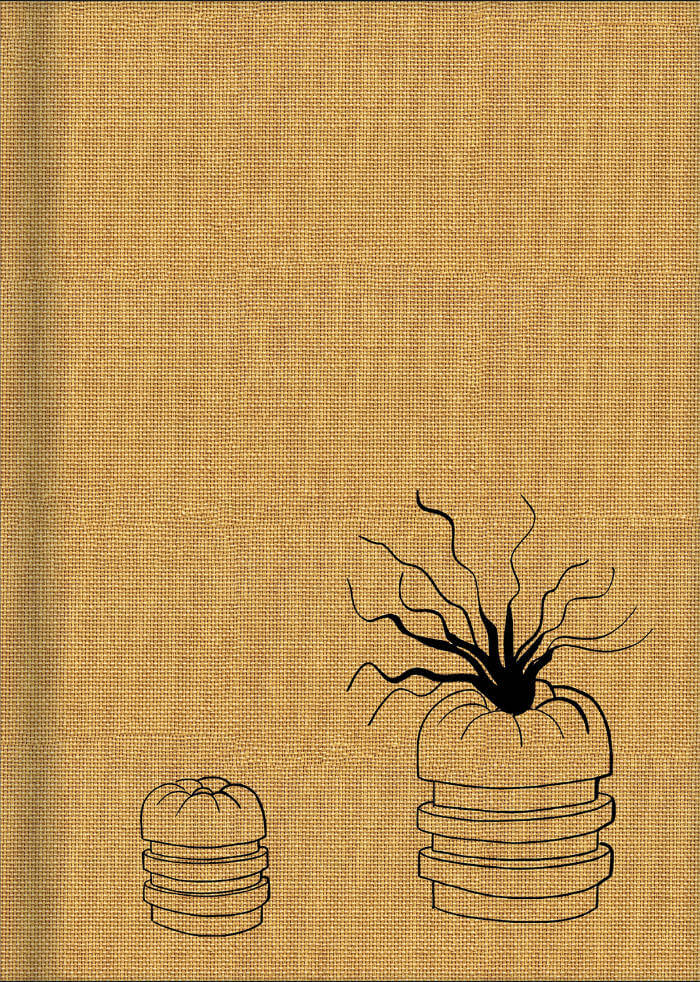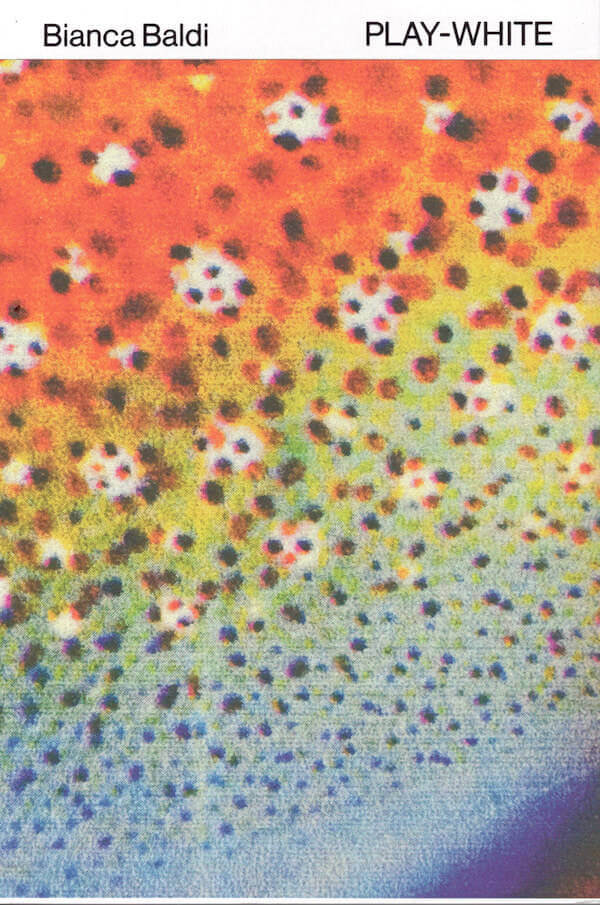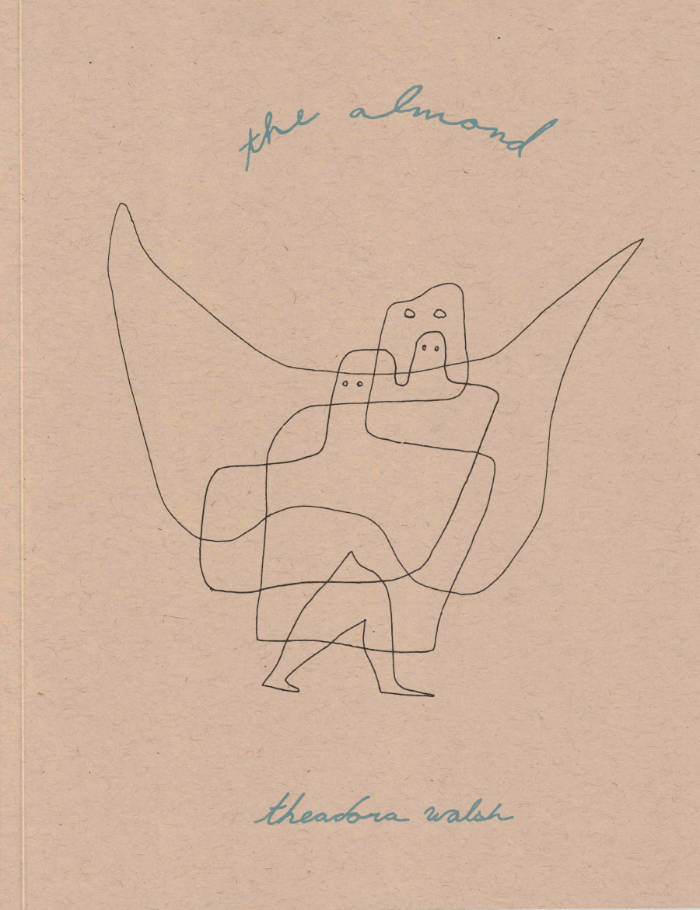
Paris la consciencieuse : Paris la guideuse du monde
Frédéric Bruly Bouabré (1923-2014) is an Ivorian artist, poet, “re-searcher”, creator and inventor of the Bété syllabary. In 1989, he was thrust to the front of the international artistic scene during the Magiciens de la terre exhibition (May 18 – August 14, 1989, Centre Georges Pompidou, Grande Halle de La Villette, Paris). Introduced alongside a hundred other artists from all over the world, he would subsequently become world famous for his drawings on maps enhanced with colored pencil.
But in May of that year, Bruly Bouabré still cherished quite a different dream: that of becoming a writer. As he was getting ready to fly to Paris, leaving African soil for the first time, the poet was commissioned by his friends Odile and Georges Courrèges (then director of the French Cultural Center of Abidjan) to write the story of his trip. This is how, a few weeks after his return, Frédéric Bruly Bouabré would submit his “report” of 325 handwritten pages produced in “33 days”, in which he gleefully recounts his journey – at times punctuated by insignificant events – while questioning the place of Man in Western society.
Until now, this tale of “a blind man in Paris,” as he first was to call it, had remained unpublished. The text – of pleasing findings and enchanting language – is that of an observer seeking to understand a changing world, with his own culture as a starting point. Imbued with such freedom and desire for identification and documentation, which characterize the work of this encyclopedic creator, the book is a very unique testimony to a milestone in the history of contemporary art.
Initiated by Odile and Georges Courrèges, who provided publishers with a copy of the manuscript entrusted to them by the artist, the project for this publication was also made possible thanks to André Magnin, who provided the original manuscript.
Foreword by Jean-Hubert Martin
Language: English






